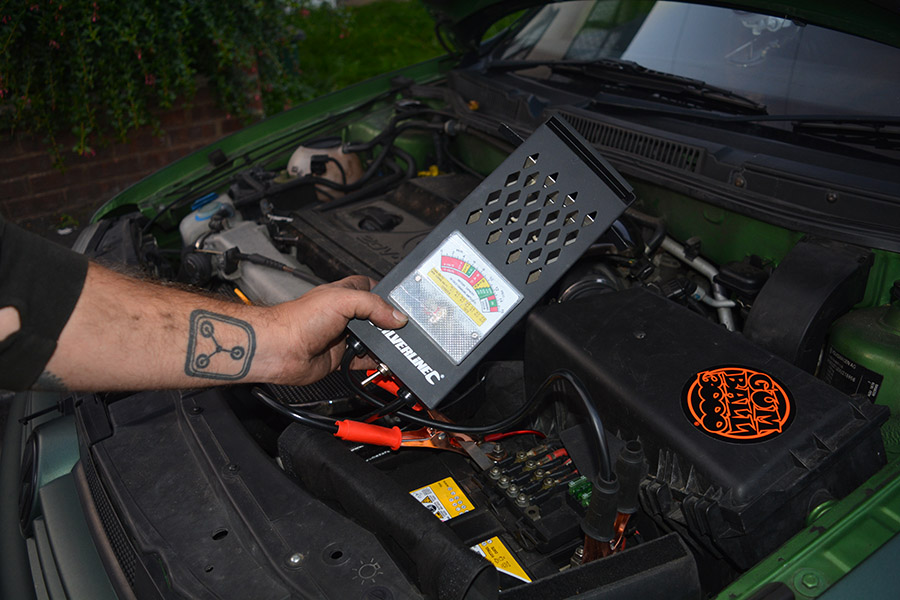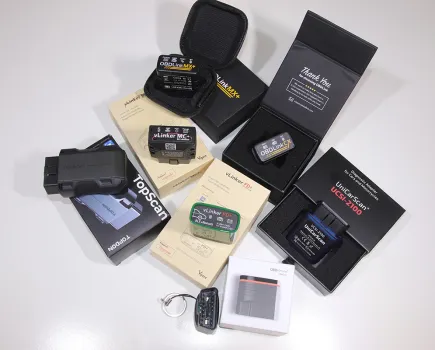Knowing how to test a car battery can help save you money by identifying whether a new car battery is needed or not. Here’s our simple guide to testing a car battery.
It’s always a good idea to test your battery regularly; especially when the temperatures drop. While garages offer this service for free, knowing how to test a car battery is worthwhile maintenance knowledge. It’s also easy to do at home once you have the right equipment.
If the car has been sitting around for a while and won’t start, it may just be that the battery voltage has dropped a little. As a result, there isn’t enough juice there to crank the starter motor. In most cases, a jump start and a bit of a drive to give the alternator a chance to charge the battery up will sort the issue out.
The real problem comes when cars are left for long periods. In this scenario, the battery has been allowed to lose most of its charge. Most car batteries are only able to be recharged effectively until the voltage drops to a certain point. This is around 7 or 8 volts. After that, they won’t be able to hold their voltage for long periods. Even despite how many how many times you try to charge the battery up with a battery charger.
If you’re leaving a car for a long time without disconnecting the battery, a trickle charger is a good investment.
How to test a car battery
Once you locate your battery, the only way to test it properly is by using a drop tester. These are relatively cheap devices; they work by placing an electrical load across the battery. This will test whether it will effectively hold the charge; the same kit professional garages use.
It’s not perfect but you can also get a rough idea with a normal multimeter. A battery (with the engine off) should hold just over 12v (roughly 12.4-12.8v); if yours has dropped significantly beyond that, especially after you’ve jumped the car and had a drive, it’s going to be time for a replacement. Now you’ve learned how to test a car battery, be sure to check out our guide on how to change a car battery.




